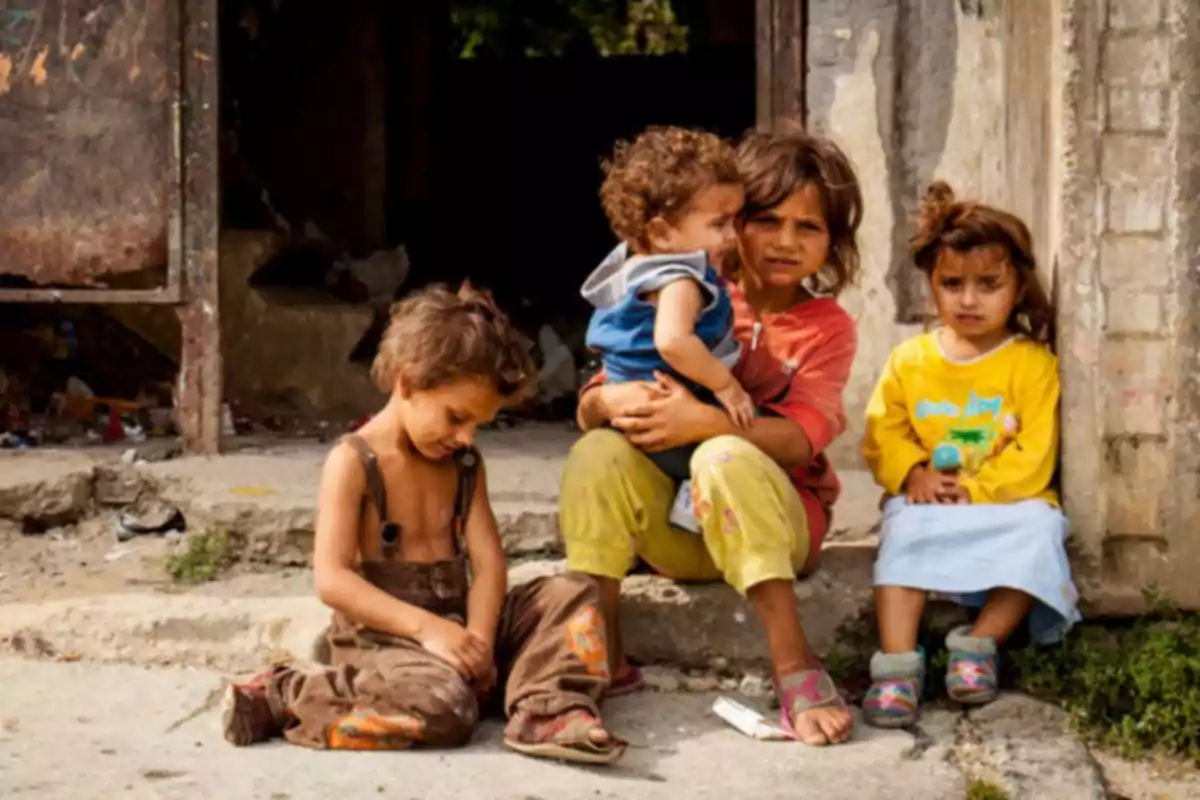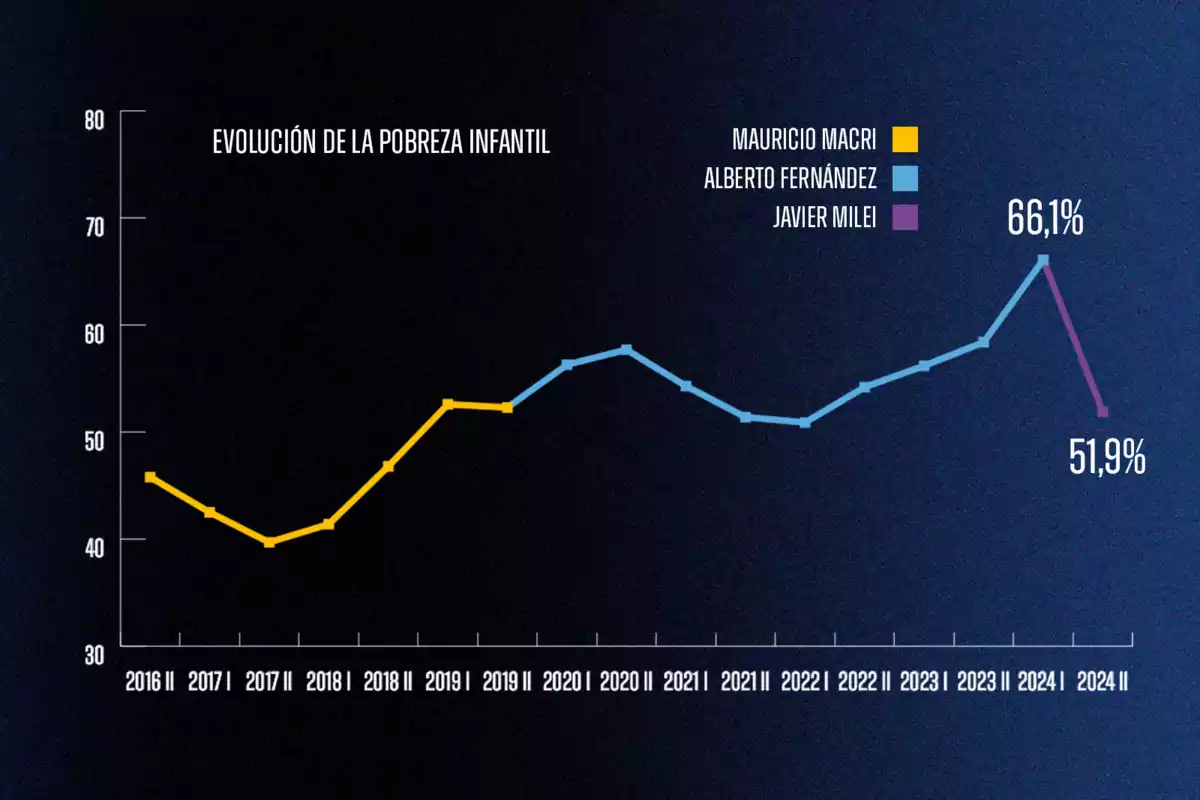
Thanks to Milei's government, child poverty in Argentina fell by almost 15 points.
Kirchnerism left the country with a percentage of children under 14 in poverty that reached 66.1%
The most recent report from the National Institute of Statistics and Censuses (INDEC) revealed figures that reflect a huge drop in child poverty in Argentina thanks to the Government of Javier Milei.
However, due to the failed previous administrations, according to the study, "more than half of people aged 0 to 14 are part of households below the poverty line".
Compared to the previous semester, child poverty showed a drastic reduction of 14.2 percentage points. In that period, fully impacted by the economic crisis inherited from Kirchnerism, the percentage of children under 14 in poverty reached 66.1%.

The data survey identified that the most affected age group is 12 to 17 years old, where poverty impacts 55.1% of young people. It is followed by the group of 6 to 11 years old, with 52.7%, and children up to 5 years old, with 49.2%.
Meanwhile, 33.6% of people aged 30 to 64 live in households below the poverty line, while among those over 65, the percentage is around 16%.
The INDEC report analyzes poverty and indigence levels in 31 urban conglomerates. In this context, the agency explained that poverty is determined based on households' ability to cover the cost of the Total Basic Basket (CBT) with their income, while indigence is calculated according to the ability to access the Basic Food Basket (CBA).

In relation to the previous semester, the report highlighted that, on average, total household incomeincreased by 64.5%, while the costs of regional baskets rose by 22.2% in the case of the CBA and 26.7% for the CBT.
During the analyzed period, family incomes grew at a higher rate than the value of both baskets, resulting in a reduction in poverty and indigence rates compared to the previous semester.
In poor households, the average total income was $599,837, while the average cost of the CBT for that same group reached $952,313.
The gap between the incomes of households in poverty and the value of the CBT narrowed compared to the first semester of 2024.
More posts: